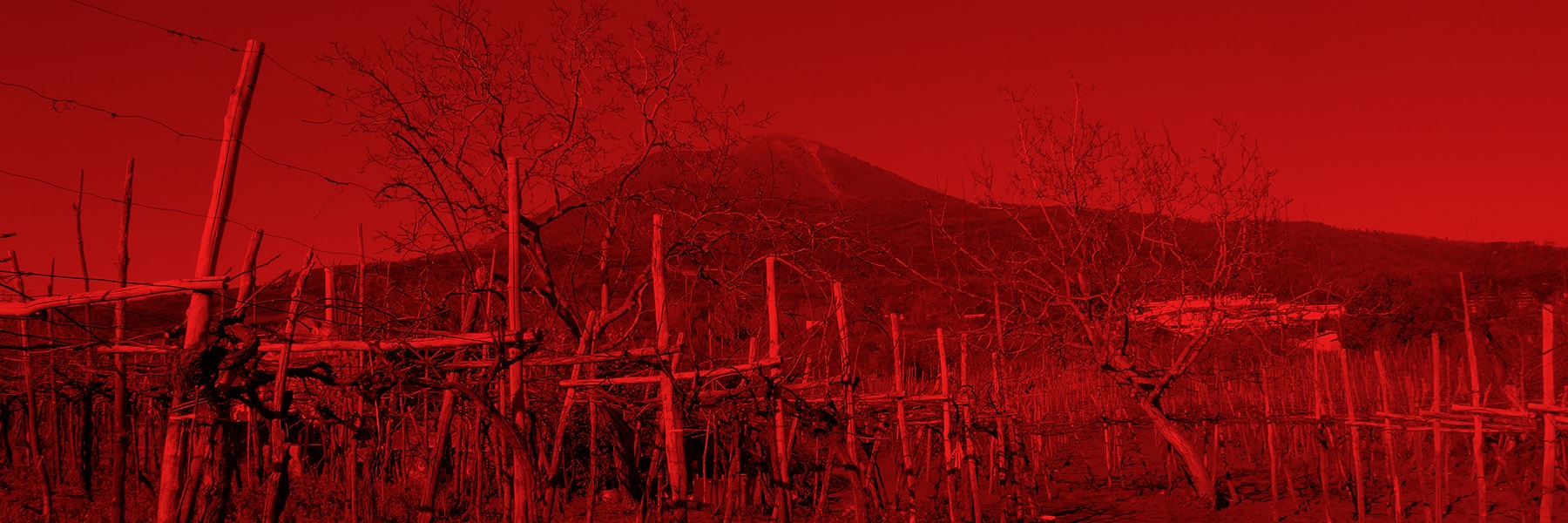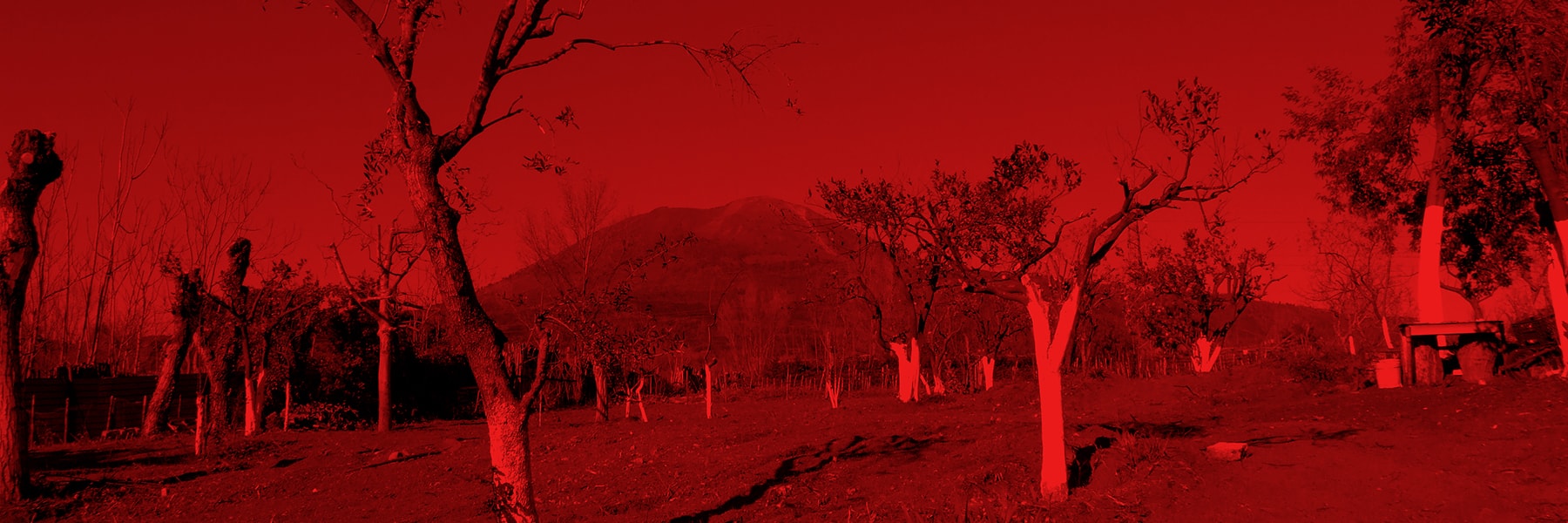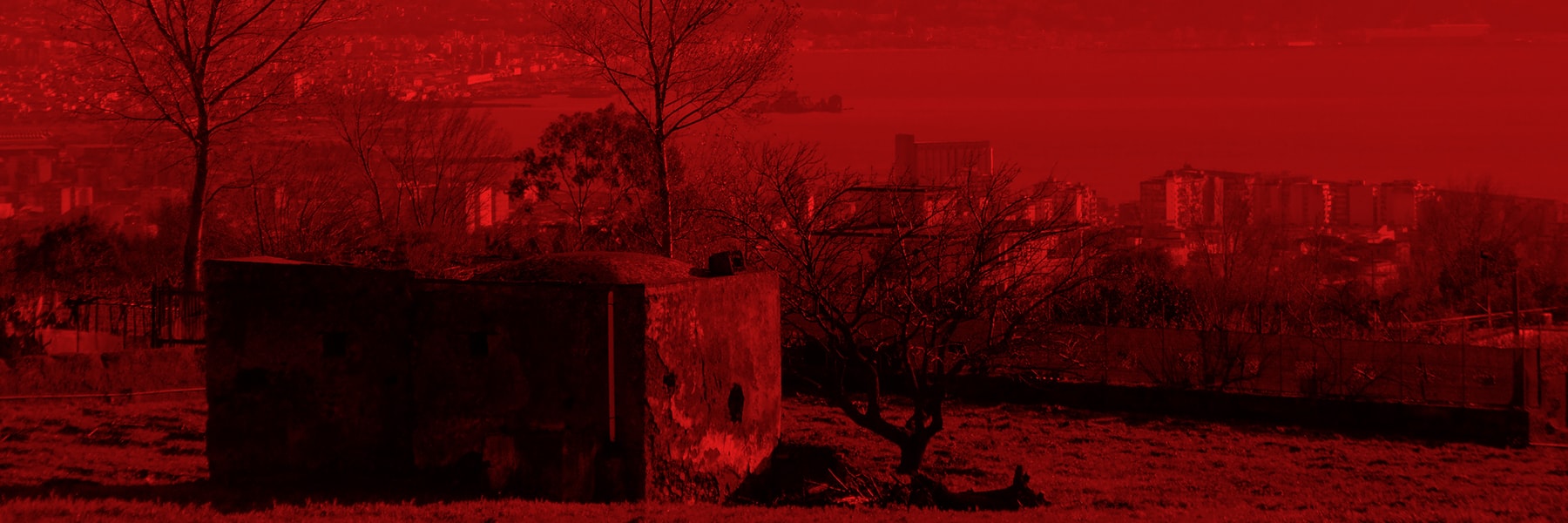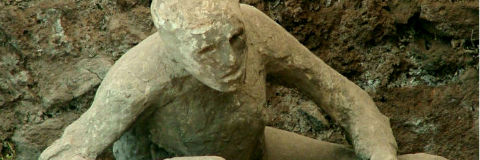A cloud rose up, and was of such form and appearance that it can not be compared to any tree better than a pine tree. In fact, as straightening on a trunk high, then he widened into a kind of branching ...
The geographer Strabo, who spoke of the mountain early in the first century AD, had never heard tell of eruptions took place during the previous story, but, noticing the look of the rocks that looked burnt by fire, he rightly claimed the ' volcanic origin. The summit that he saw was a wide depression, flat and sterile, surrounded by steep walls. Virgilio recalls how sloping the sides of the mountain were embellished by vineyards and by, and in part were left to arable land and pastures.
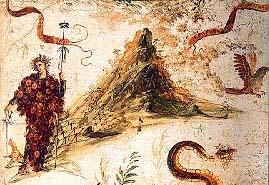 The picture you see on the side, which was found in the house Centenary at Pompeii, probably reproduces what was to be the appearance of Vesuvius in the mid-first century AD This painting seems to show clearly that at that time the mountain had only one top ( Mount Somma), and not two as today.
The picture you see on the side, which was found in the house Centenary at Pompeii, probably reproduces what was to be the appearance of Vesuvius in the mid-first century AD This painting seems to show clearly that at that time the mountain had only one top ( Mount Somma), and not two as today.
On February 5, 62 AD, a sunny day, the region was devastated by a violent earthquake. They had damage to Nuceria, and Neapolis some collapsed buildings; but the damage was greater in Herculaneum, which was almost completely destroyed, and Pompeii, where the devastation was equally severe. But the cities were so prosperous and they had such a resilience that the reconstruction made rapid progress. However, the earthquake was a bad omen for the future, because it was nothing more than a Vesuvius abortive attempt to download their energy through a slit. After 17 years, on August 24, 79 AD, the dam was broken and the mountain began to erupt. For several days were ongoing celebrations of the divine Augustus. The day before, for a sinister coincidence, It was celebrated the annual feast of Vulcan. In Pompeii and surrounding locations the earth trembled for four days, then it erupted. A striking account of the disaster has come down to us and we are indebted to Pliny the Younger who was in Misenum, at the northwestern tip of the Bay of Naples. He was a guest in the house of his uncle, Pliny the Elder, the old scientist and man of encyclopedic knowledge, that was the commander of the naval base of Misenum.
